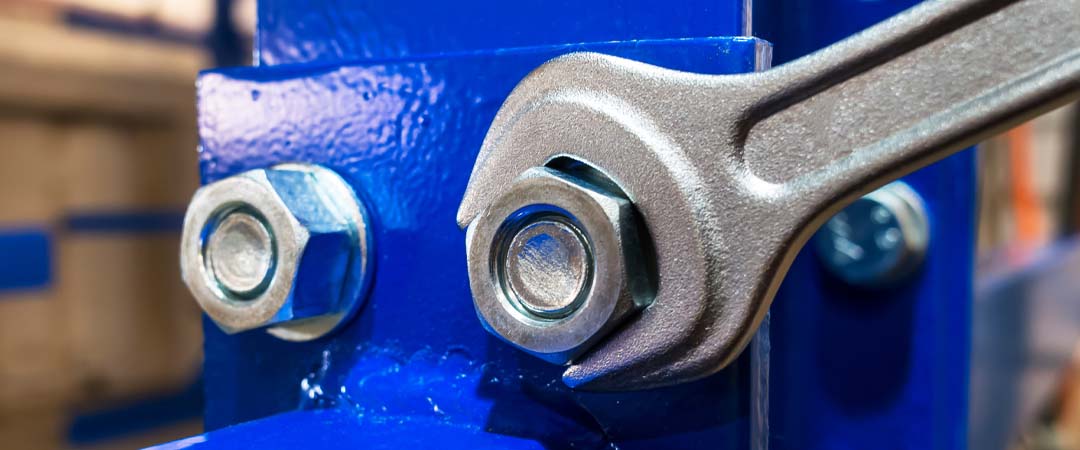By Gary Loberg, Category Analyst – Electrical Consumables & MRO

Torque is a movement of force used to rotate an object that doesn’t have an axis. Think of this force as adding a twist to an object, such as industrial workers using a wrench to twist nuts and bolts.
For workers who need to apply torque, knowing the ins and outs can be beneficial to help you get the most out of the movement.
How is Torque Generated?
Torque is used to create tension and is generated any time workers apply force using wrenches and similar tools. These rotational movements are used to tighten or loosen objects.
Mathematically, torque is calculated by multiplying the value of the force one applies by distance from the point of application.
Why Does Torque Matter?
Torque is everywhere and holds significance for many of today’s machines and tools.
In industrial applications, properly measuring torque is important for efficiency and safety. Bolts that are too tight and have high amounts of tension are more likely to break. When the load changes, an entire machine can falter because it can’t account for the difference in weight.
Measuring torque is also important when employees are dealing with threaded fasteners. These are typically used in the assembly and disassembly processes. Threaded fasteners also have external or internal screw threads, and as such, nuts, bolts and screws are the most common fasteners.
Failing to properly account for torque can raise your costs, increase a project’s timeline and introduce a safety risk to your job site.
Measuring Torque with Audits
Luckily, measuring torque is a process that can be completed by anyone on the work site.
Torque audits need to be conducted randomly to expose performance issues. The idea behind these tasks is that they will uncover any inaccuracies and inconsistencies with the fastening process. It will also expose any relaxation that might have occurred.
Workers can employ one of three testing methods to measure torque:
- The first movement test
- The loosening test
- The marking test
Using the marking torque test method is an easy way to ensure functionality and safety. Workers can use the following tools to complete the marker process:
- Dial torque wrench
- Digital torque wrench
- Dial torque screwdriver
Once the tool is selected, put a mark on the fastener and the surface that’s clamped. Then, tighten the fastener until the marks align. When the fastener has returned to the original location, stop and measure how much torque was applied.
You can also measure torque to determine how much force is required to twist an object. For example, a worker building a home will know how much force he or she needs to exert when tightening a cylinder bolt head.
Torque Makes Your Job Easier
Within the industrial and construction industries, workers can use torque measurements to help make their jobs easier. By measuring torque, you can determine how much force can be applied to a given gear.
Read more:
Cutting Taps vs. Forming Taps: What You Need to Know
3 Ways You May Be Wearing Hearing Protection Incorrectly
What the Five Types of Safety Controls Look Like in Practice